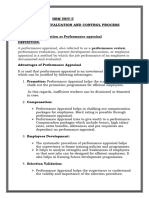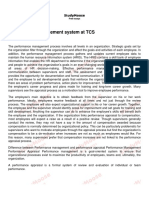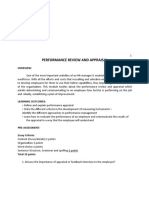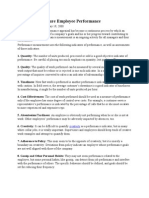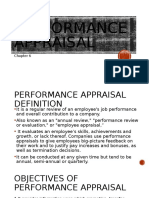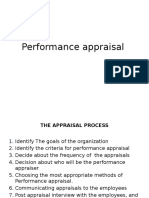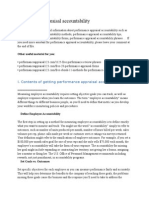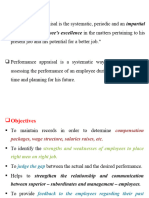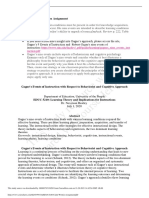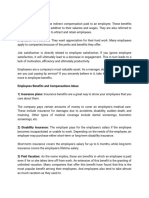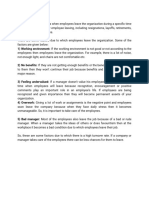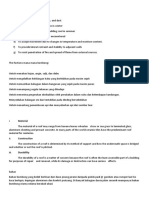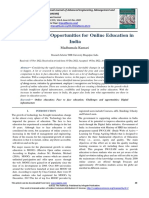Employee Performance and performance measurement techniques
Employee Performance:
Employee performance is the way in which an employee fulfils the duties of their role,
completes the required tasks and conducts themselves in the workplace. Performance
is measured by the quality, quantity and efficiency of work, among other things.
When managers monitor the performance of their employees, they can get an idea of
how the company is running. Not only does this help to highlight what companies could
be doing in the present to improve their business, but this information also feeds into
future growth plans.
However, focusing on employee performance does not just benefit the business. It helps
employees reach their full potential while improving overall performance - which can
have a positive impact on morale and the quality of work performed.
Finally, and most importantly, customers are unhappy when employees underperform.
As a result, the entire company can be affected by poor performance and struggle to
meet its goals.
How performance is measured:
Some ways of measuring performance are given below:
1) Quality of work: The standard of work performed is an important indicator of
performance. Are employees putting in maximum effort to produce high quality results?
Are performance goals being met? The quality of work forms the basis for the analysis
of all other elements of their performance.
2) Speed and Efficiency: When you look at how much your employees complete in an
average week, month, how does that fit with your expectations? Are deadlines being
met, significantly exceeded, or is time being wasted? Are corners being cut to get work
done quickly? Efficiency is the result of maximum output at minimum cost. So it's
important to be aware of this in your business.
3) Trust: Ask yourself if you trust your employees to do their jobs to a high standard and
deliver on time. Do they work independently or do you feel like you have to intervene
often? Do they consistently represent the company values? Are they present on time
and to the quality expected? High-performing employees can be trusted to be
independent and can produce good results without much supervision.
�Keep these performance criteria in mind when reviewing the performance of individual
employees.
How to Evaluate Performance:
Performance appraisals can be daunting, both for employees and managers - but they
are a necessary starting point. Without a proper evaluation of an individual employee's
performance, you may be wasting valuable time and effort implementing improvement
plans that do not even begin to address the real problem.
Some techniques are given below to measure performance:
1) Objective based performance: In this method, managers and employees work
together to develop performance goals and set clear deadlines for achieving them.
When employees are involved in the process of creating their goals, they can see how
their individual goals contribute to the larger organisational goals. This creates a better
understanding of what needs to be done and why it is important.
This method also helps to increase employee engagement and motivation, while
making it very easy for employers to define success and failure.
2) Self Evaluation: In this method, the employee evaluates his or her own performance
based on the questions asked by the employer. This method is most useful when used
in conjunction with an oral performance appraisal. Although it may be difficult for some
employees to know where they stand - if you can tell the difference between what the
employee thinks about their own performance and what you think, you will find some
interesting points to discuss in the interview. This method also helps employees
understand what the performance review will be about, which can reduce anxiety.
3) Ranking performance: A traditional method is to use numbered scales, such as 1 to
5 or 1 to 10, to rate an employee's performance. These scales are commonly used
because they are easy for both employees and managers to understand, allow for easy
comparison among team members and require little administrative effort. Managers or
HR can set the criteria for grading - often including behaviors, aptitude, or projects
completed.





